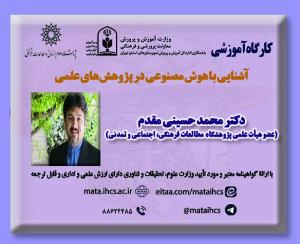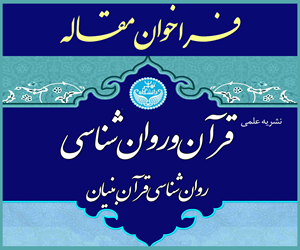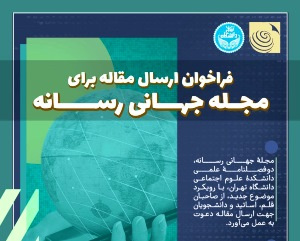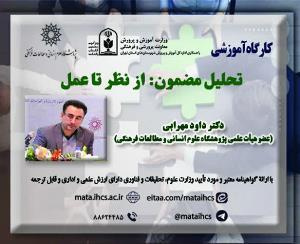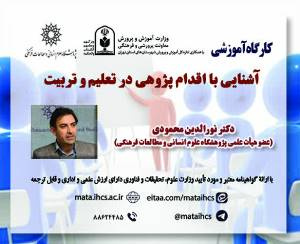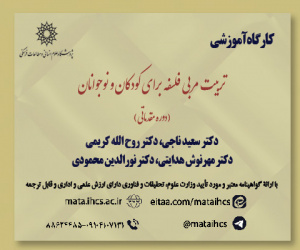بررسی رژیم راستی آزمایی معاهده منع جامع آزمایش های هسته ای (CTBT) و پیامدهای فنی و امنیتی احتمالی تصویب آن برای جمهوری اسلامی ایران (مقاله علمی وزارت علوم)
درجه علمی: نشریه علمی (وزارت علوم)
آرشیو
چکیده
معاهده منع جامع آزمایش های هسته ای در شرایطی پابه عرصه بین المللی گذاشت که با وجود معاهده عدم اشاعه، سلاح های هسته ای درحال اشاعه و گسترش بودند. ازاین رو، این معاهده به منظور جلوگیری از اشاعه سلاح های هسته ای و منع آزمایش های هسته ای، به عنوان گامی اساسی و لازم برای ورود به باشگاه کشورهای هسته ای، با حمایت قدرت های اتمی منعقد شد. براساس مفاد معاهده، نظارت بر حسن اجرای تعهدات کشورها ازطریق جمع آوری، پردازش و انتشار اطلاعات حاصل از یک «سامانه نظارت بین المللی» متشکل از ایستگاه های لرزه ای، رادیونوکلاید، فروصوت و هیدروآکوستیک صورت خواهد پذیرفت، که اثرات وقوع یک انفجار هسته ای احتمالی در هر نقطه از کره زمین اعم از زمین، هوا و دریا را به صورت لحظه ای و برخط (آنلاین) ثبت و جهت پردازش به «مرکز داده های بین المللی» مستقر در وین (اتریش)، ارسال می نماید. دراین میان، واکاوی رژیم راستی آزمایی معاهده و بررسی تهدیدات و چالش های فنی، سیاسی و امنیتی احتمالی آن برای جمهوری اسلامی درصورت تصویب، موضوع این مقاله است. استدلال نگارندگان در این مقاله آن است که راستی آزمایی معاهده دارای چالش ها و ضعف های ساختاری و فنی ای است که این چالش ها می تواند به لحاظ نظامی و امنیتی تهدیدزا و به لحاظ حاکمیتی و سیاسی محدودکننده باشد. همچنین از بعد فنی نیز امتیازات و پشتوانه فنی کشورهای دارای تجربه آزمایش هسته ای می تواند زمینه فریب سامانه راستی آزمایی و نیز مخفی کاری و یا دسترسی به اطلاعات نظامی متعارف محرمانه کشورهای هدف را فراهم آورد.The Verification Regime of the Comprehensive Nuclear-Test-Ban Treaty (CTBT); the possible technical and security implications of its approval for the Islamic Republic of Iran
Comprehensive Test Ban Treaty introduced to international arena, while nuclear weapons were expanding with the Non Proliferation Treaty existing by the time. Thus, to prevent increasing of nukes and prohibiting nuclear tests, this inclusive treaty was born as a fundamental and necessary step by the Nuclear Club support for the new members. Based on the content, the supervision on the implementation of commitments by members is executed all the way through “International Monitoring System” (IMS) by compiling, processing and dissemination of data gathered from Seismic Stations, Radionuclide, Infrasound Stations and Hydroacoustic Network. Such system marks all probable nuclear outbursts throughout the globe promptly within land, air and sea; and transmits it online to the Vienna located “International Data Center” for the ample process. In this regard, the current paper aims at elaborating on the Treaty Verification regime and the scrutiny on the possible threats as well as technical, political and security challenges for the Islamic Republic of Iran upon ratification. The authors presume the verification of treaty encompasses structural and technical weaknesses and challenges, which could be threat bearing for security and military, and limitative politically and governmentally. Furthermore, benefitting from the technical privileges and support, the nuclear experienced states may manufacture the verification system for their target countries in addition to access to their clandestine and confidential military intelligence.
